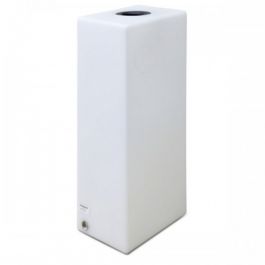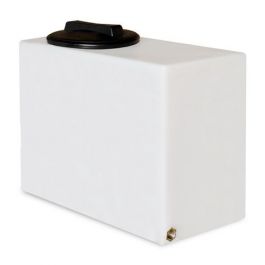Garuf
Member
I’ve been chasing my tail with chlorotic growth in my rotala green for what feels like forever.
The last time I tested the tap water for kh it was around 15, hard, but with aquasoil buffering it hovered at around 10-11dh in the tank, adding a “large pinch” of mgso4 to every 20l of water changes had done much to sort things out but it seems to have been a bandage not a cure.
Out of curiosity, I’ve done a kh test today and the cube has a dh of 23, the 55 of 21 and the big tank of 22. I haven’t tested the iwagumi, no rotalas in that tank. From the tap, the kh is 23dh
I suspect the buffering capacity has long since depleted in the cube which is why the kh is so close to tap parameters.
I really aren’t excited about moving to RO, another cost and waste water to deal with, something else to learn, not as convenient etc.
That said. I also would like to bring my dh down to something more reasonable to just make things a touch easier.
So what are my options, fert and co2 juggling hasn’t really gotten me there yet.
I understand that some of the apartment complexes use hydrochloric acid to reduce the hardness. Is that something?
Is an ro unit my only option? If so, what one should I entertain? Bearing in mind I’m a renter so a hard plumbed one isn’t an option.
What are my options/alternatives?
Bringing tank kh down to circa 10kh is my back of the envelope “that’ll do”.
Rainwater collection isn’t an option due to proximity to a railway line, busy road.
Am I clutching at straws and my tap water is actually fine?
Edited because of unit confusion.
The last time I tested the tap water for kh it was around 15, hard, but with aquasoil buffering it hovered at around 10-11dh in the tank, adding a “large pinch” of mgso4 to every 20l of water changes had done much to sort things out but it seems to have been a bandage not a cure.
Out of curiosity, I’ve done a kh test today and the cube has a dh of 23, the 55 of 21 and the big tank of 22. I haven’t tested the iwagumi, no rotalas in that tank. From the tap, the kh is 23dh
I suspect the buffering capacity has long since depleted in the cube which is why the kh is so close to tap parameters.
I really aren’t excited about moving to RO, another cost and waste water to deal with, something else to learn, not as convenient etc.
That said. I also would like to bring my dh down to something more reasonable to just make things a touch easier.
So what are my options, fert and co2 juggling hasn’t really gotten me there yet.
I understand that some of the apartment complexes use hydrochloric acid to reduce the hardness. Is that something?
Is an ro unit my only option? If so, what one should I entertain? Bearing in mind I’m a renter so a hard plumbed one isn’t an option.
What are my options/alternatives?
Bringing tank kh down to circa 10kh is my back of the envelope “that’ll do”.
Rainwater collection isn’t an option due to proximity to a railway line, busy road.
Am I clutching at straws and my tap water is actually fine?
Edited because of unit confusion.
Last edited:





